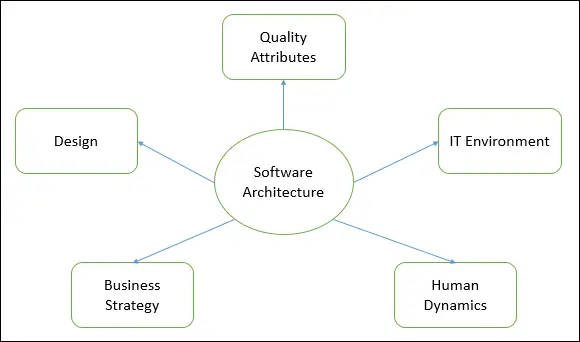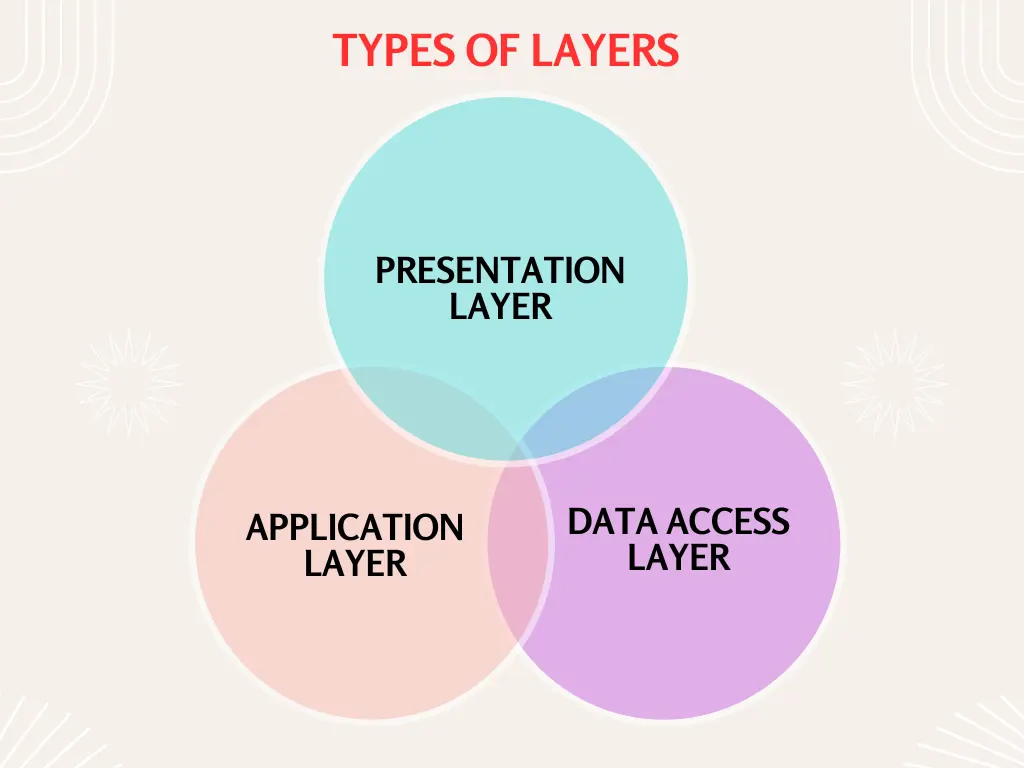Software architecture is a key factor of software engineering and acts as a blueprint for both the system and the development project. It is similar to the architectural design of a building where every element must be thoughtfully planned and integrated. This blog will explore what software architecture is, its meaning and key components.
What is Software Architecture?
Software architecture refers to the high-level structure of a software system, including its components, relationships among them, and the principles that govern its design and development It is basically a series of decisions that describe the organisation, communication, and function of the system.

The Importance of Software Architecture
1.Foundation for System Design and Development:
Software architecture provides a structured solution that meets both technical and operational requirements and optimizes common characteristics such as performance, security, and usability It acts as a framework for the system and the project, ensuring system feasibility reliable, scalable and maintainable support.
2.Facilitates Communication:
A well-defined architecture increases communication among stakeholders. It provides a common language and understanding for all stakeholders and ensures that they are all aligned with program design and objectives. This shared understanding helps manage expectations and mitigate risk early in the development process.
3.Eases System Evolution:
Requirements change over time, and new features or technologies may need to be added to the system. Good software design enables such changes with minimal rework. It supports scalability and flexibility, making it easier to evolve and adapt the system to new business needs.
4.Improves Quality and Performance:
By already addressing important features such as performance, security, and maintenance, the software design assures that the system will perform properly under expected conditions and be resistant to attacks. It also lays the foundation for quality control systems, ensuring that the final product meets desired standards.
Types of Layers in Software Architecture

1. Presentation Layer
The presentation layer, also known as the user interface (UI) layer, is the topmost layer of an application. It is responsible for presenting the data to the user and interpreting user commands.
2. Application Layer
The application layer, also known as the service layer, contains the business logic of the application. It defines the operations that the system can perform and coordinates the application’s overall behaviour.
3. Data Access Layer (DAL)
The data access layer is responsible for interacting with the data storage systems. It provides an abstraction for accessing the data sources, ensuring that the application does not directly interact with the database or other data stores.
Check out the video Understanding Software Architecture: Importance and Key Components
Conclusion
Software architecture is not just an abstract concept; it is an important process that underlies the success of a software project. By providing a structured system, facilitating communication, supporting systems, and increasing quality and efficiency, software architecture ensures that a system will not only meet current needs but also be ready for future challenges. Its fundamentals are taught in many software courses to create robust, scalable, and maintainable systems, paving the way for effective and sustainable software solutions.
Contact our web training academy today to learn more and enhance your skills. You can visit our website at galtechlearning.com to browse our course catalogue and speak with an advisor.







